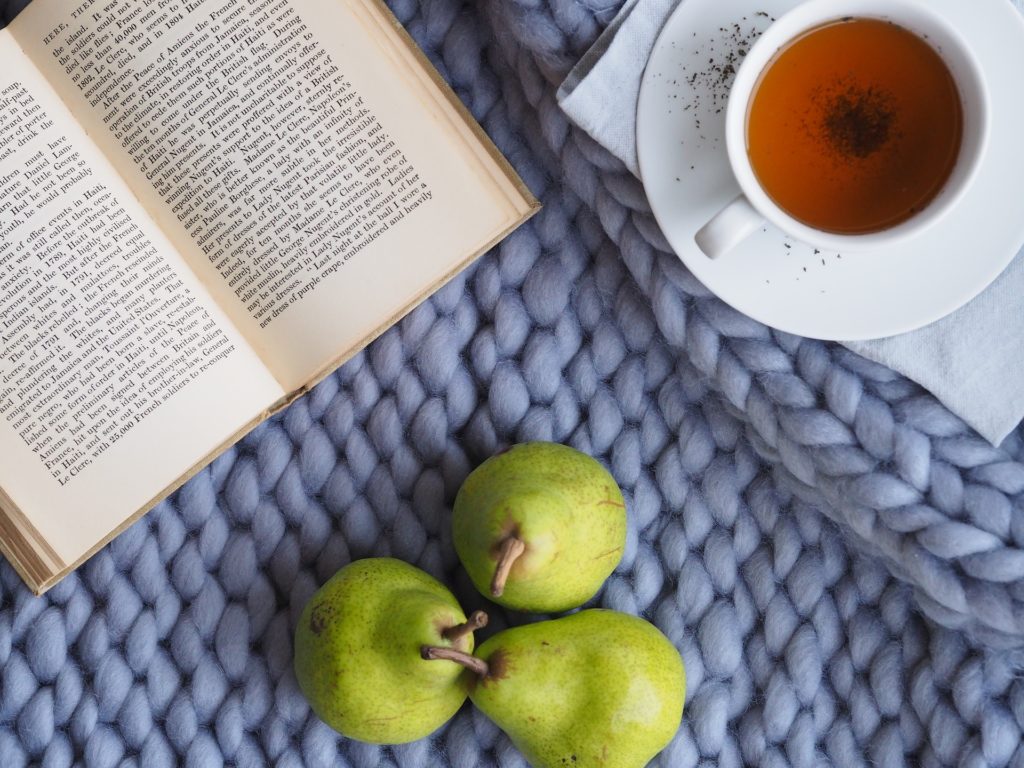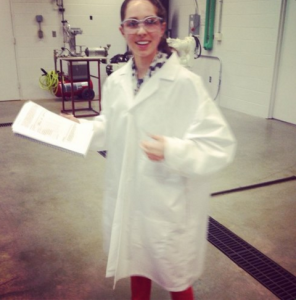By: Alex Feldmeyer
Few, myself included, have ever witnessed a global shutdown as extensive as the current COVID-19 situation, which continues to take its course across the world. The virus has affected so many different sectors and industry, and touched our lives in ways that have been unimaginable. Indeed, this pandemic has forced many of us to refocus our attention on our core essential needs, with many individuals reduced to living in survival mode
One of the needs most strongly highlighted during this time has been food. (We won’t even go into toilet paper on this one.)
As a professional with a vested interest in the food industry, I’m fascinated by the ways the pandemic has changed our grocery shopping habits and purchasing trends. In this article, I’ll highlight some of the ways people have adapted their grocery purchasing patterns to this current climate, and what that means for global and local food supply chains.

Image by Sumanley xulx from Pixabay
Food is a necessity, especially during a crisis.
But people are scrambling to buy food at the grocery store, driven by the mistaken fear that there might be a food shortage (there isn’t). The results of these spikes in food purchases have caused some interesting patterns to emerge in the grocery sector. As many have noticed, some food products are more difficult to get a hold of than others. Speaking from my limited perspective (Southwest Ohio), I’ve noticed a couple of interesting trends.
Full disclosure: Again, we are ignoring the toilet paper/personal hygiene product famine for the sake of investigating what I like to call, the Global-Pandemic-Grocery-Gorge.
Here are some food item highlights:
Low-Stocked Items
- Chicken & beef
- Peanut butter
- Conventional flour varieties (all purpose, bread, self-rising)
- Yeast
- Butter
- Bananas
- Bread
- Milk
- Eggs
- Canned goods in general (e.g. soup, beans, vegetables)
- Frozen foods of all varieties
- Cereal
- I still cannot get pasta.
See here for “Peak Pantry Loading” percentages for the U.S.
Products on the Shelves
- Vegan meat substitutes
- Almond meal (& other flour substitutes)
- Fruit became well stocked once the store purge calmed down…and likely due to the limited shelf life of produce
- Pasta substitutes (e.g. pasta made from chickpeas, black beans, edamame, etc.)
Of course, there are exceptions. It is interesting to understand how these patterns differ in other parts of the U.S. and the world1. Note that these patterns emerged at the beginning of the pandemic and quickly shifted and settled in some ways as the COVID-19 situation became the new norm.
People realized that grocery stores were essential, would remain open and– maybe not immediately — but at some point, major items would be restocked. Interestingly enough, once pantries were stocked full of non-perishable items, produce purchases actually went up 600%.1
Perhaps, once people realized they could still frequent the store occasionally and safely, produce became more appealing. Before the recent guidelines that labeled grocery outlets as essential and allowed them to remain open, grocery sales of shelf-stable and frozen items rose. Frozen fruit sales rose 7% in late February.2

Photo by Mick Haupt on Unsplash
Pandemic Psychology
It might be worth mentioning the psychology behind pandemics. It is not unexpected for people to stockpile goods during times of anxiety and stress.3 However, what might be more interesting than our innate desire to hoard during a global crisis is what we hoard and why. Canned and frozen goods keep longer, which makes them more desirable for long-term storage. The high volume purchases of items like eggs, bread, milk, yeast, and flour suggest basic ingredients are highly desired, even if some do spoil faster than others (like milk and eggs).
One possible reason behind this purchasing glut in basic products is their extensive utility, e.g. for baking, cooking, etc. This diversity allows for many consumption scenarios. Also, people identify most baked goods as comfort food. It’s not surprising that there are psychological reasons we choose certain foods. We see this often in movies as people eat ice cream after a sad breakup.
But what’s really going on?
Researchers have shown that a lack of belonging and isolation can trigger people to want comfort food.4 But, what foods are ‘comforting?’ These foods differ for everyone. Many choices are associated with high caloric density and positive experiences. Food plays a role in social settings and often positive ones (celebrations, etc.) contain calorie-dense foods (think cake, candy, chocolate, beer, and wine), strengthening the connection.5 It’s been suggested that in times of psychological distress, needs feel unmet and filling them with food might alleviate those feelings, at least in the short term.4,5
Take booze, for example.

Image by Alexandra_Koch from Pixabay
A Changing Purchasing Landscape
Purchases during a pandemic are interesting, but equally intriguing is the renewed shopping experience. The utility of online shopping deliveries and pickup orders has never been higher. However, if you’re still shopping in person, the grocery store process has changed. Where I live, people are being counted prior to entering the store, so as not to exhaust the store’s capacity, allowing customers to maintain social distance.
There were also measures taken to protect the cashiers by adding shields to quarantine their checkout areas. Gloves are being worn by grocery store employees and customers alike. Even special hours have been created for senior citizens to shop in a less crowded, safer atmosphere.
Local Emphasis Grows Amid Crisis
Purchasing local products has become even more important to consumers6 because of their perceived added safety. Local outlets not only reduce the path a product takes to arrive at your door, implying less risk, but they also have more details on the path that product took through production. These brands can reassure the consumer that fewer hands have touched their product.
Additionally, local purchasing remains important to communities due to the economic ramifications of virus-related closures. Communities are feeling a sense of duty to support their own. In a time when social gatherings are very dangerous, people are still finding ways to maintain relationships by buying from their local producers. Many people don’t want the COVID-19 crisis to have long term effects on their community’s well-being. This is one way to lessen the blow.
Another exciting aspect of local brands is their ability to respond to current events with unique products. Because they have fewer hoops to jump through with production scale, they can create new products quickly, capitalizing on new market demands.
One light-hearted example is this coffee roast out of Cincinnati, OH.
This begs the question though, what permanent changes to the grocery shopping landscape will / could this bring? A Nielsen report predicts “permanent shifts in supply chain, the use of e-commerce and hygiene practices.”7 This also makes me wonder – could these permanent changes differ based on region, culture and country too? Time will tell.
Please comment on trends you’ve noticed in your local markets. It can be very insightful to understand what differences exist between local economies.
Lastly, I wish everyone peace at this time and know all of our readers will come out of this pandemic stronger than before.

Image by Jess Watters from Pixabay
References
- https://www.criteo.com/insights/coronavirus-consumer-trends/
- https://www.nielsen.com/us/en/insights/article/2020/nielsen-investigation-pandemic-pantries-pressure-supply-chain-amidst-covid-19-fears/
- https://news.umich.edu/hoarding-is-not-a-strange-behavior-during-times-of-crisis/
- Jordan D. Troisi, Shira Gabriel, Jaye L. Derrick, and Alyssa Geisler, “Threatened Belonging and Preference for Comfort Food among the Securely Attached,” Appetite, vol. 90, 2015, 58–64.
- https://www.psychologytoday.com/us/blog/why-bad-looks-good/201811/does-comfort-food-really-make-you-feel-good
- https://www.nielsen.com/us/en/insights/article/2020/covid-19-concerns-are-a-likely-tipping-point-for-local-brand-growth/
- https://www.nielsen.com/us/en/insights/article/2020/key-consumer-behavior-thresholds-identified-as-the-coronavirus-outbreak-evolves/
- Featured Image by Alexandra_Koch from Pixabay
 Alex Pierce-Feldmeyer | Linkedin | Website
Alex Pierce-Feldmeyer | Linkedin | Website
Senior SMF Blog Writer
Alex graduated with a B.S. from the University of Illinois in Food Science and completed her PhD at Ohio State University in a lab revolving around sensory evaluation and psychophysics, potentially the functional or cognitive benefits from food and food ingredients. Alex is currently a sensory scientist at MANE, a flavor company. An avid study-er of the nose and its wild contributions to flavor, potentially how aroma affects different aspects of cognition. Alex dabbles in triathlons and fitness-ness. She has an ice cream tour every Sunday, every ice cream place (that is good) is on her list and it must have sprinkles. Grocery stores, sunrises and puppies are everything!






I have read your blog its really good